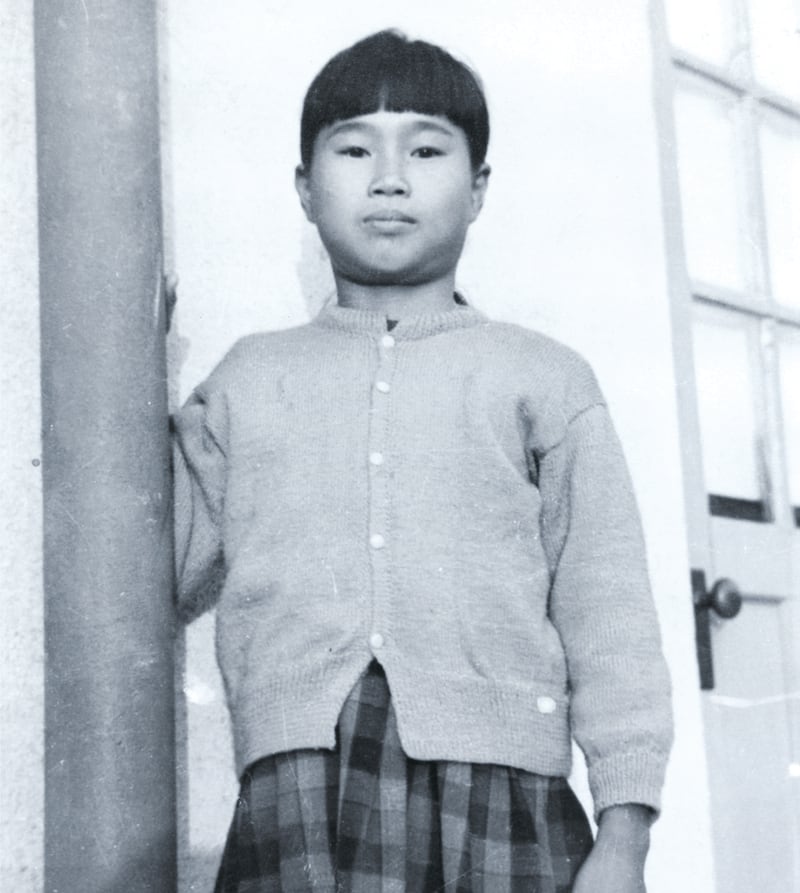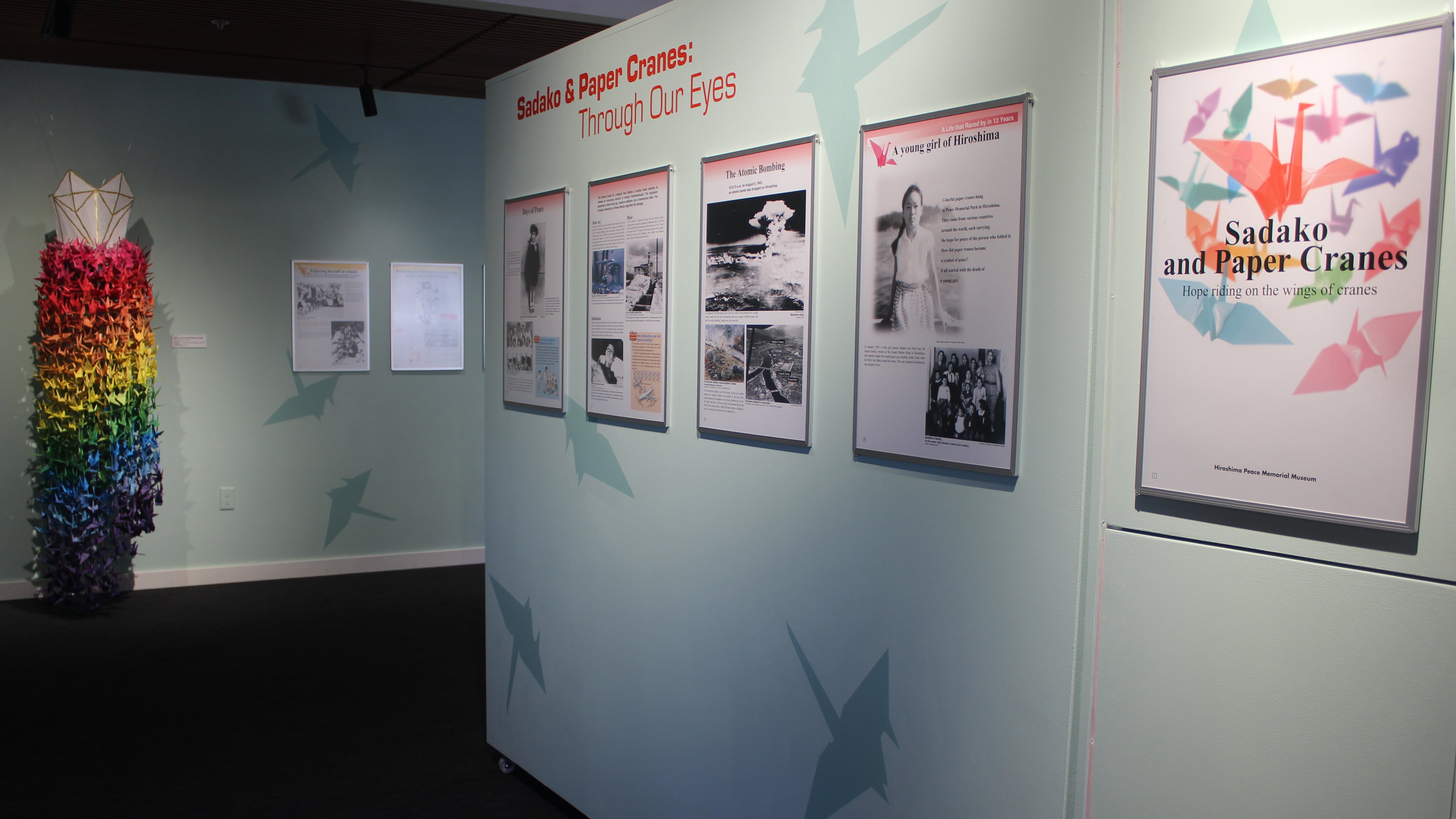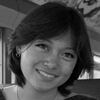Sadako Sasaki’s legacy crossed generations and international borders.
Folding over 1,000 paper cranes in the hospital, 12-year-old Sasaki saw the origami creatures as a way to live while battling “atomic bomb sickness” in light of America dropping a bomb on her hometown, Hiroshima, on Aug. 6, 1945. After succumbing to leukemia, her communities’ call for peace constructed Japan’s Children’s Peace Monument in 1958.
Eighty years after the bombing, the exhibition Sadako and Paper Cranes: Through Our Eyes at the Japanese American Museum of Oregon opened April 26 and runs through Sept. 7. The exhibition pairs informational panels about Sasaki from the Hiroshima Peace Memorial Museum and 10 Pacific Northwest artists who created original pieces for the exhibition.
“In this exhibition, we want to facilitate the connections between [Sasaki’s] story, Northwest Nikkei artists and local young people to help foster a wider discussion of the difficult issues raised by the anniversary of the bombings and the need for peace moving forward,” Hanako Wakatsuki-Chong, JAMO’s executive director, said in a statement.
Sadako and Paper Cranes: Through Our Eyes features work of four adult artists—Erin Shigaki, Lynn Yarne, Marie Okuma Johnston and Maya McDarragh—and six Grant High School students. Unite People—a youth group associated with Portland’s Japanese American Citizens League—helped select Lili Baechel, Hanako Duff, Sayuri Hara, Patchen Long, Lucy Lord and Saya Matoba for the exhibition, as did Grant, where Yarne teaches art. Since Sasaki never reached adulthood, organizers felt it was important to incorporate youthful perspectives into the exhibition.

Using the symbol of paper cranes, Long and Lord created a colorful arrangement of hundreds of origami cranes in their suspended piece dubbed Weightless. Bachel and Duff display Healing the Black Rain, in which a paper crane is surrounded by black rain, the nuclear fallout. Yarne’s Creating and Destroying 1000 Paper Cranes refers to the importance of paper cranes in the Japanese American community and the need for construction and destruction. Shigaki visited Hirosuke Yokota, a hibakusha (the Japanese term for people who survived the attacks on Hiroshima and Nagasaki) for One Sun Two Hells, a three-dimensional display using wood from Minidoka, an American concentration camp where Shigaki’s ancestors were incarcerated during World War II.
Shigaki, Yarne, Okuma Johnston and McDarragh take part in an artists’ talk and Q&A on Saturday, Aug. 9. The annual memorial event “Never Again: Art Speaks Where Words Fail—Art’s Enduring Protest 80 Years Later” organized by advocacy group Oregon Physicians for Social Responsibility will take place Aug. 6 at the Japanese American Historical Plaza.
“They really focused on and picked up on the multigenerational impact of the bombing,” says Erin Schmith, JAMO’s marketing and communications coordinator. “That was something they really talked about: that it was a long time ago, yet not so long ago. There’s still people around who survived.”
SEE IT: Sadako and Paper Cranes: Through Our Eyes at the Japanese American Museum of Oregon, 411 NW Flanders St., 503-224-1458, jamo.org . 10 am–4 pm Wednesday–Saturday, 11 am–4 pm Sunday. $8 adults, $6 seniors, $5 students, free for Friends of JAMO and children 11 and under.

